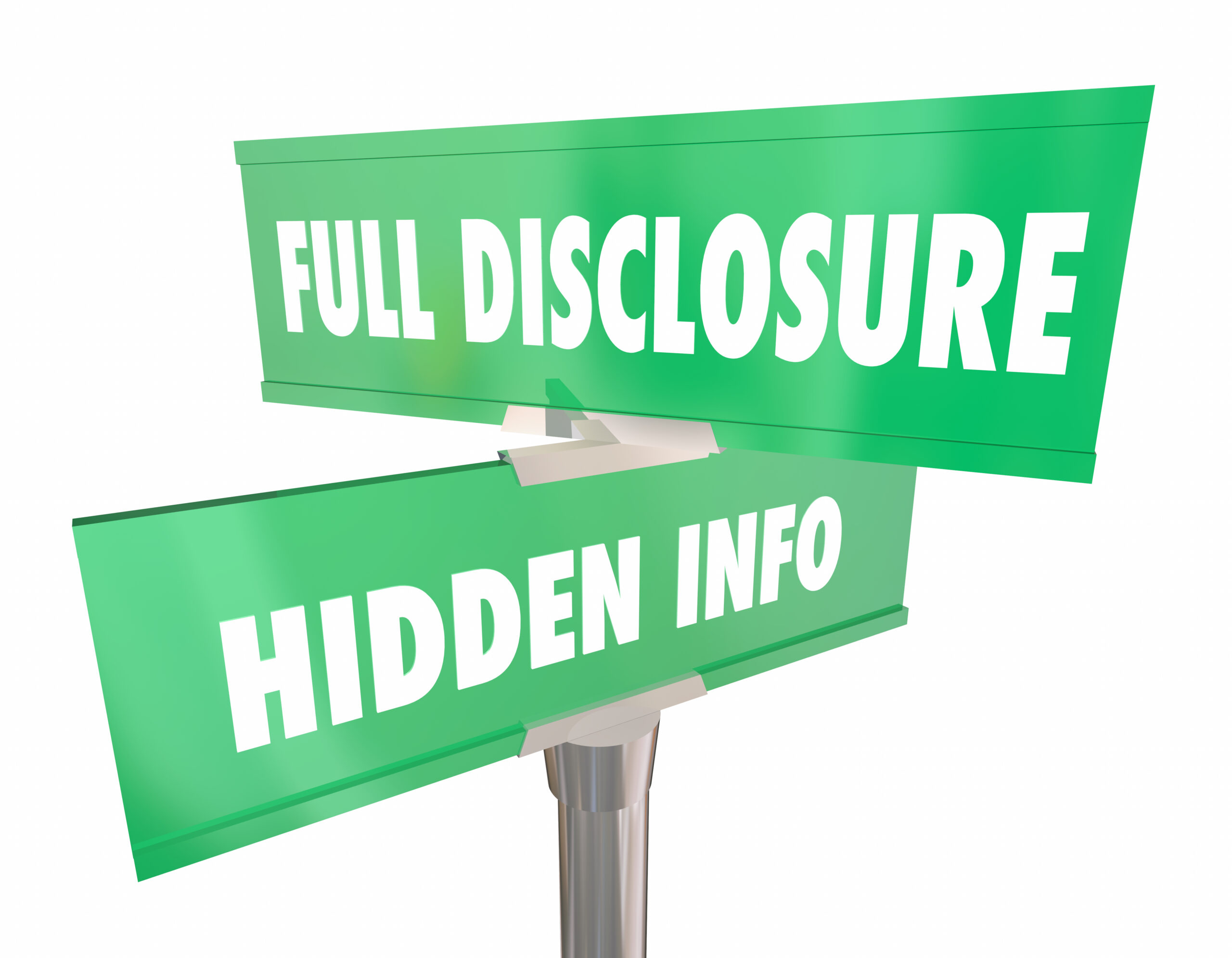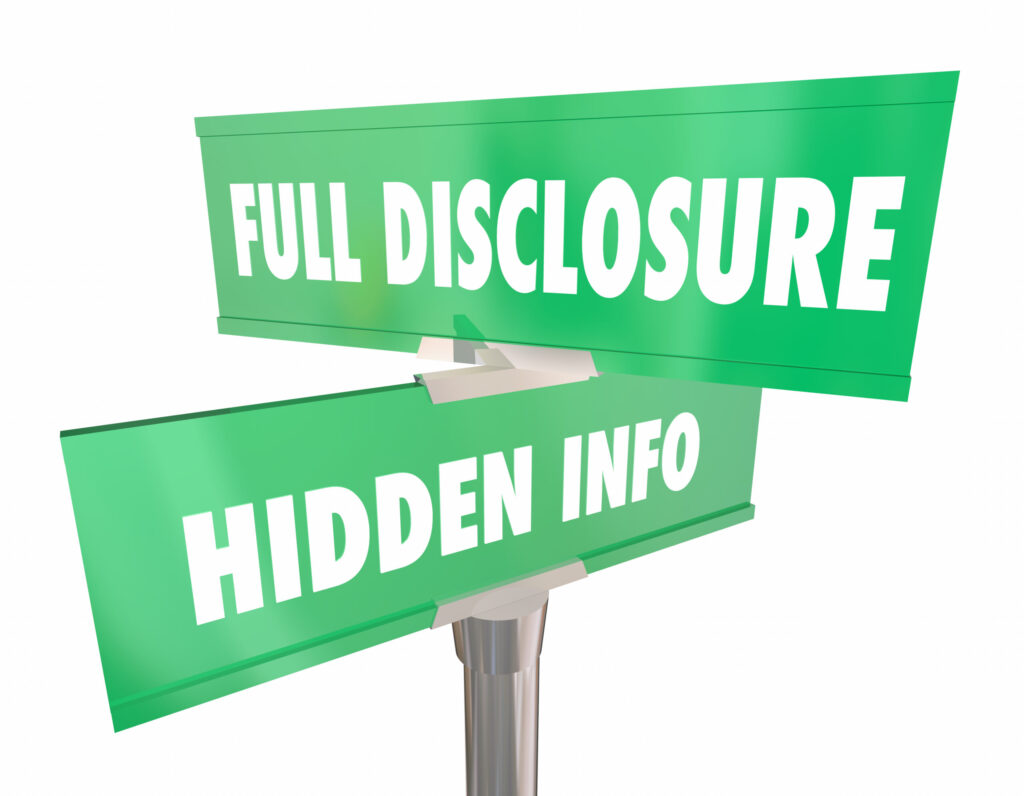Support IPWatchdog with an individual sponsorship: Click here
“[S]ome respondents noted that disclosing too many details of funding arrangements could compromise strategic advantages and confidentiality.”
 On December 5, the U.S. Government Accountability Office (GAO) published a report reflecting the agency’s investigation into third-party funding of patent litigation in the United States. While the GAO was unable to quantify the extent to which third parties are financing and taking an interest in infringement suits due to limited data on the subject, interviews with a range of industry stakeholders reflected mixed views on the impacts of disclosure requirements that could identify conflicts of interest and foreign involvement, with such rules also raising concerns about biasing litigation with issues having little relevance to infringement allegations.
On December 5, the U.S. Government Accountability Office (GAO) published a report reflecting the agency’s investigation into third-party funding of patent litigation in the United States. While the GAO was unable to quantify the extent to which third parties are financing and taking an interest in infringement suits due to limited data on the subject, interviews with a range of industry stakeholders reflected mixed views on the impacts of disclosure requirements that could identify conflicts of interest and foreign involvement, with such rules also raising concerns about biasing litigation with issues having little relevance to infringement allegations.
Third-Party Litigation Funding in Patent Suits Has Increased Sharply Since 2019
The GAO’s third-party patent litigation funding report, requested by Sen. Thom Tillis, Ranking Member of the U.S. Senate IP Subcommittee, reviewed several recent developments in third-party funding including factors influencing funding decisions and estimates on the extent of patent litigation funding. While accounts from many stakeholders indicated that third-party funding was present in a significant portion of U.S. patent litigation, a patchwork of disclosure requirements established in some states and federal district courts create only limited public data for reviewing the impacts of such funding arrangements.
Interviews with entities investing in patent litigation revealed several factors considered by funders when vetting infringement cases, including whether the patent owner has realistic expectations about potential settlement amounts. Compelling evidence showing that infringement likely occurred, including scenarios where large companies willingly practice technology without licensing, and the perceived quality of asserted patent claims when facing potential validity challenges are other factors driving funding decisions in patent litigation.
Almost every funding entity interviewed by the GAO indicated that they fund fewer than 5% of patent cases they’ve investigated. Stakeholders reported that third-party funding arrangements could offer returns of two to three times the initial investment, with remaining proceeds split by the patent owner and law firm. Many payouts under these agreements follow waterfall structures in which third-party funders receive top priority, although many funding agreements are designed to incentivize earlier settlements by retaining a larger percentage of proceeds for patent owners settling prior to case milestones such as claim construction.
Many stakeholders report that third-party patent litigation financing has increased rapidly since 2019, perhaps peaking during the COVID-19 pandemic due to instability in traditional stock and bond assets at that time. The GAO interviewed seven technology companies for its report, four of which estimated that 50% to 75% of the patent lawsuits they faced involved third-party financing. Another company reported third-party financing arrangements in 30% of lawsuits it faced, while the remaining two firms said they faced such arrangements in a majority of patent lawsuits they’ve defended.
Fewer Contingency Fee Arrangements at Law Firms Drives Demand for Third-Party Funding
Funding disclosure requirements were supported by many stakeholders interviewed by GAO, including most of the funding entities, although some respondents noted that disclosing too many details of funding arrangements could compromise strategic advantages and confidentiality. While some stakeholders believed that funding disclosure requirements could be modeled after current rules for disclosing litigation insurance, others noted that funding disclosures reveal more information about a patent owner’s available financial resources that could provide an unfair strategic advantage to defendants.
Several stakeholder groups, including federal judges, reported that third-party litigation financing has enabled patent owners to protect their R&D investments. Such financial support has proven critical to many patent owners who have found that the increasing complexity and risks of patent litigation have reduced the appetite for contingency fee arrangements with law firms. Access to this funding has provided patent owners with an avenue to fight back against efficient infringement by large companies who might not engage in licensing discussions until they face a lawsuit. The GAO notes one egregious example provided by a law firm in which their client met with a large technology company 50 times before that company ended discussions and replicated the technology.
Technology companies reported both financial costs and personnel costs associated with defending patent lawsuits funded by third parties. Two tech companies indicated that 70% to 90% of their patent litigation costs in recent years was spent on defending infringement allegations from such suits. Companies also report productivity losses caused by engineers who must take time away from their normal work to appear at depositions, serve as expert witnesses at trial and conduct analyses of the patent owner’s infringement allegations. Several stakeholders also raised concerns that foreign tech companies could finance litigation against their rivals to divert their business and perhaps even obtain sensitive technical information during discovery.
The presence of third-party funding can contribute to protracted settlement negotiations, according to multiple respondents. While plaintiff patent owners retain control over their cases, some funding agreements require funding entities to be consulted before a settlement is accepted. The GAO’s report indicates that some plaintiffs may be unwilling to settle if the offer does not exceed their payment obligations to the third-party funder.

